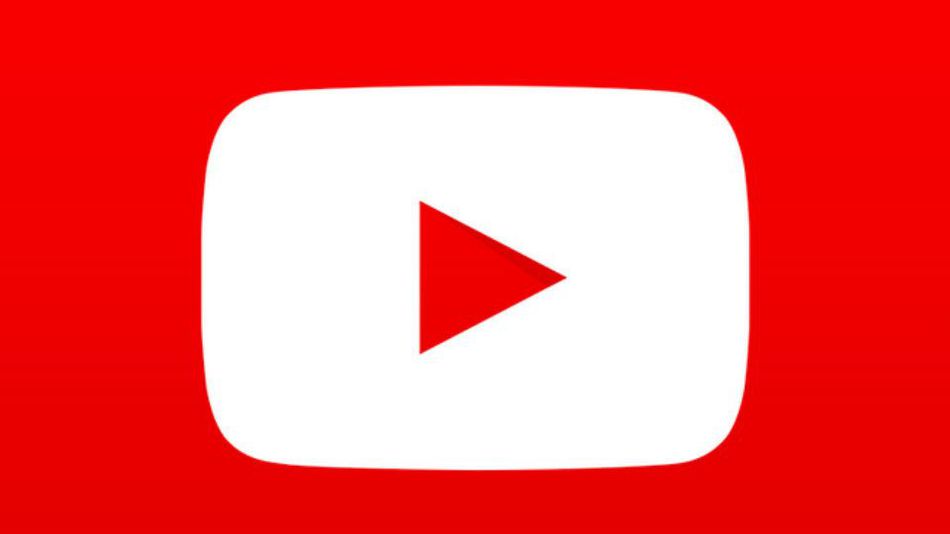Image courtesy of Google
Few online services have ingrained themselves into society more than YouTube, but it’s not a public good—it’s run by a private corporation. As such, YouTube is subject to the pressures of its bottom line. Companies pay lots of money to advertise on their platform, one that holds sway, in part, because of enormous personalities who’ve based their business model on publishing YouTube videos with ads. It’s a complicated relationship that gets more convoluted when those advertisers suddenly aren’t happy with the videos they’re being matched up with.
When UK newspaper The Guardian discovered its ads were being placed in front of videos espousing racist and misogynistic commentary earlier this month, it pulled its ads. In the weeks since, it’s had a cascading effect on other advertisers, with AT&T, Johnson & Johnson, and others decided to pause YouTube advertising, until Google rolls out changes. It’s raised thorny questions about the breadth of material YouTube hosts, and what to do when that material veers into hateful rhetoric that most, brands or otherwise, would find offensive.
Videos by VICE
This comes at a time when the gaming community is wrestling with its own questions about popular personalities. JonTron, a popular YouTube creator who co-founded (and later left) Game Grumps, has been under intense scrutiny, following a series of racist remarks made during a conversation on Twitch. JonTron’s alt right-tinged comments spilled into Twitter, but largely avoided his YouTube channel, which has more than three million subscribers.
JonTron’s words prompted me, as a parent, to reflect on my kid’s viewing habits:
I’m under no illusions that I can (or even should) monitor every piece of media my daughter finds. That seems like a recipe for disaster on everyone. My parents learned to trust my judgment—within reason—and it worked. Sometimes, kids will see things they don’t understand, and when that happens, having an open dialogue will be key—even if that means discussing why the video game man is defending the racist Steve King. But even as I intend to be an active, involved parent, YouTube and Twitch have scary implications.
(He later released a statement (poorly) trying to explain his comments, but it’s not publicly listed, which means you can’t find it unless you found it on Twitter.)
YouTube, which reportedly deals with 400 hours of new content every minute, claims it’s reviewing policies to better catch videos before ads are plastered on.
“While we recognize that no system will be 100 percent perfect,” said Google chief business officer Philipp Schindler to The New York Times, “we believe these major steps will further safeguard our advertisers’ brands, and we are committed to being vigilant and continuing to improve over time.”
The sheer amount of content means Google is forced to rely on algorithms to enforce different practices, which, as you might imagine, doesn’t always work out. Recently, the company rolled out a “Restricted Mode” to theoretically protect children from “mature content” on YouTube, but it didn’t exactly work that way:
YouTube’s Restricted Mode is an option for parents, schools, and others with young internet users to limit access to controlled portions of the site, but it is now blocking makeup tutorials for trans youth, videos of same-sex couples reading their wedding vows, and other day-to-day lifestyle videos of the queer/trans community. Although YouTube describes its Restricted Mode as an attempt to “filter out mature content,” one of the side effects of the system is the soft-banning of LGBTQ themed videos.
Should JonTron’s videos get restricted because of his comments on a different service? At some point, will YouTube begin losing more money than its making by hosting hateful videos, and start implementing harsher penalties—or remove them entirely? Where’s the line? Any changes are likely to piss a bunch of people off, but the rise of Trump has emboldened new kinds of speech in the public sphere, and simultaneously forcing a close examination of what to do in response.
Follow Patrick on Twitter. If you have a tip or a story idea, drop him an email here.
More
From VICE
-

Screenshot: YouTube/Valve -

Screenshot: EA Sports BIG -

Screenshot: Microsoft/Waypoint -

Screenshot: Blizzard
